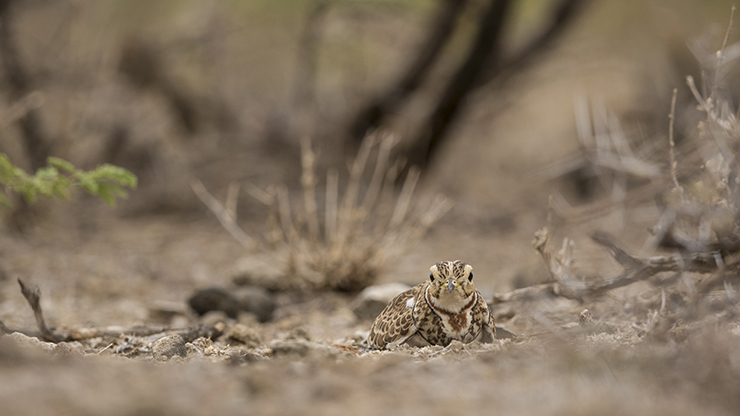
Never before have I ever been smitten by a bird in the way that I fell flat (okay maybe I was already in the prone position) upon seeing my first courser. Already being an effusive lover of shorebirds, this cryptic creature that stood before me sang all the songs of the birds I had dreamt of seeing. One of the most significant reasons behind my affinity to shorebirds is the pure intricacy of their plumage. I fully acknowledge that from a distance, they all look like greyish-brown blobs, and if they’re flying they’re mostly white from below and often near impossible to identify without intimate knowledge of relative leg extension. When one gets a good look, though, things change.
The brightly coloured birds of the Neotropical jungle may grab one’s attention for their vivid greens and reds, but birds designed to blend in are so much more. A green feather is a green feather, period. With coursers – and many others such as shorebirds, owls, nightjars, and so on – we’re talking feathers that are tipped, edged, fringed, notched, and subterminally banded. The layered, mesmerising details help to break up the outline of the bird, making it more difficult to detect in its chosen landscape. Which, coincidentally, increases the overall appeal of the bird.
While I haven’t seen all the world’s coursers, I’ll share here a selection of the few that I’ve seen over the years, in taxonomic order.
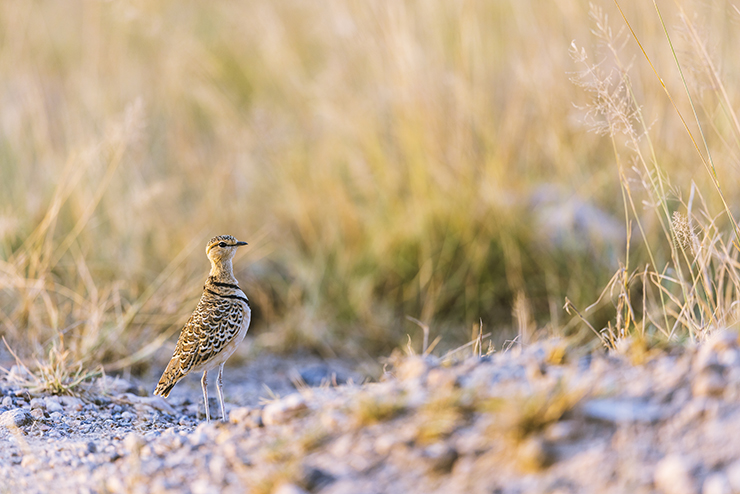
Double-banded Courser
Theoretically, coursers could be named any of a plethora of descriptive names – fortunately the two breast bands of the Double-banded Courser are firstly the same colour and secondly distinctly easy to see. That is, of course, if you manage to see the bird in the first place. I can’t tell you the number of times I’ve seen one courser to then realise I’m actually looking at six. In reading about this bird for the purpose of this post, I discovered that its scientific name Smutsornis africanus is not as a result of its predilection for filthy content but after a former Prime Minister of South Africa – a supporter of racial segregation so perhaps the name does in fact fit, after all.

Three-banded Courser
Judging from its name, this incremental step-up from the previous bird is the species referred to in my introductory paragraph in this article. But this is no mere revised edition, the Three-banded Courser is in an entirely separate genus within which it still stands out. Featuring what seems to be a white base brushed broadly with buff, adorned with thin lines of dark brown and rich chestnut, then further liberally scalloped and chevroned above and below – this is the only courser with the word “beautiful” in the description (in the second edition of Birds of East Africa, at least). As I lay on my stomach in the sandy, thorny surroundings of Lake Baringo, Kenya, I peered through my viewfinder at this phenomenally – infinitely – gorgeous animal, and wondered when would I stop drooling over it. Viewing the bird from the front I was convinced that I was looking at the pinnacle of avian beauty. To this day, I struggle to find a prettier bird.
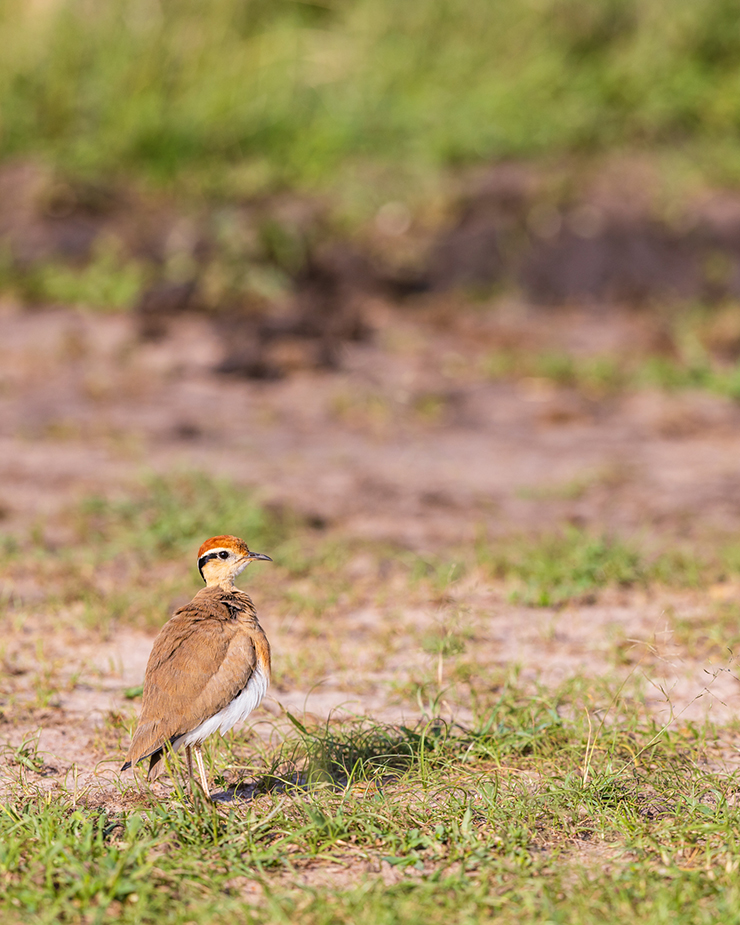
Temminck’s Courser
According to Cornell’s Birds of the World, the Temminck’s Courser has two unique distinctions among its congeners: it is both the smallest and widest-ranging courser. As cryptic as all other coursers, it boasts a reputation of frustrating birders and ornithologists keen on locating it, despite its prominent features. Full disclosure, this bird actually was the first courser I encountered on the first day of my first safari in Nairobi National Park in February 2019. I remember Washington excitedly pointing it out on the opposite side of the vehicle just as we were turning around. I also remember it disappearing as soon as I realised it was much closer than I had expected, its legs whirring at such a rate it seemed much more like a cartoon than an actual bird. Nevertheless, I was thrilled to finally get a decent look at several Temminck’s Coursers this year.
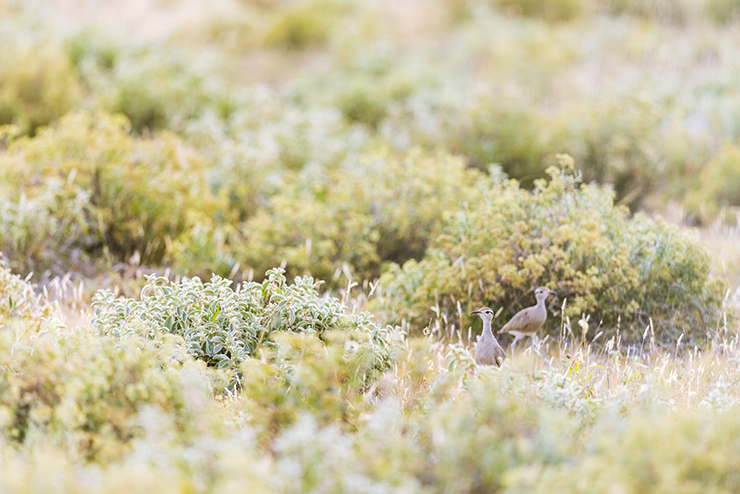
Somali Courser
I have only seen the Somali Courser once, although it has surely seen me many more times. A slightly larger yet more subdued version of the previous courser, this species occupies a similar niche as the others. It is very much a typical courser, the bastard child of a plover and a bustard with the nest-building prowess of a potoo. Overall, they are not the most well understood of birds with many gaps in our knowledge of them currently waiting to be filled.
The more one casts attention to these enigmatic birds (in particular the Three-banded Courser), the more one sees – a true representation of all facets of the natural world, all neatly packaged into one bird that easily hides in plain sight.






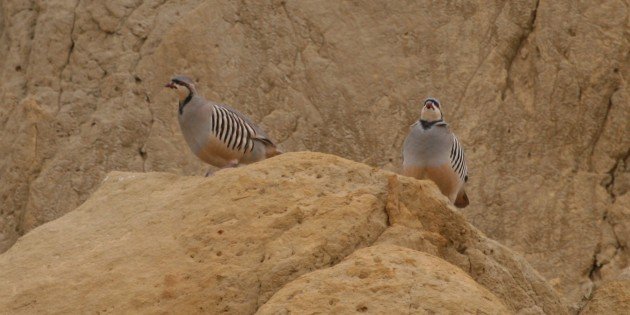
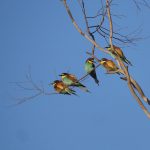
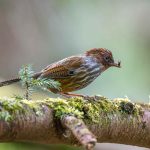
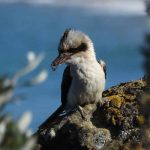
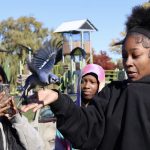

Great post Faraaz. I have always wanted to see a courser—that’s right, even just one of the coursers, doesn’t matter which—but have considered that I am likely not to be so lucky. You provide the information and the encouragement not to give up quite so easily. I love your photograph of the Temminck’s Courser – the clarity, the lighting, the framing of a truly lovely bird.
Here in Europe we have just one species of courser – Cream-coloured – but you really have to go to North Africa to see one. (I’ve also seen birds in Cyprus, where they are migrants, and Fuerteventura). They are exquisite birds living in beautiful arid environments, and always a treat to see.
Incidentally, when I first saw Somali Coursers in Kenya (Samburu) they were regarded as a race of Cream-coloured, as the two are very similar and clearly closely related.
Many thanks for your kind words, Catherine – they all have such poise! Fingers crossed for you. They are fairly easy if you know where to go 🙂
Good point, David. Matter of fact Samburu is where I photographed the Somali Courser in this article.